Coffee in Philippines
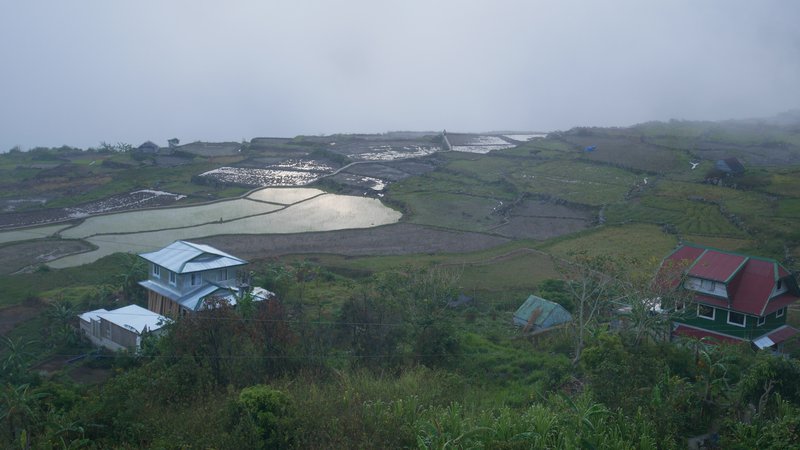
Our stay in the Philippines was short and it's not easy to get an overview of such an extended country and of its coffee landscape.
Luckily we got a great introduction during our meeting with Pacita Juan, President of the Philippine Coffee Board (PCBI) and Head of the Philippines chapter of the International Women Coffee Alliance.
The Philippine Coffee Board was founded in 2002 to "develop and promote the coffee industry through technical assistance and credit programmes for coffee farms; and through marketing and promotions of coffee for domestic and export markets."
Concretely, it gathers coffee afficionados: coffee farmers, cooperatives, millers, exporters, roasters, retailers... the whole coffee chain, to ensure the sustainable growth of the sector.
To address the burning issues of Philippine coffee industry, let's come back to some contextual elements.
STRUCTURE OF THE PRODUCTION SECTOR
Most of the coffee farmers are smallholder farmers. There are very very few estates of robusta coffee located in the southern island of Mindanao.
It's very hard to find estates in the Cordillera because these are ancestral lands of indigenous people. More over, coffee there (arabica) grows at 1,500 m.a.s.l on 15° mountainous slopes which makes impossible the mechanisation of the production.
Arabica coffee grows in the highlands of the Cordillera region, in the north of Luzón. Most of it is produced organically and under pine forest (although not exclusively). In this area, coffee is neighbour of immense rice terraces that represent an important source of food and income for the population.
The terrace model has actually been replicated to facilitate the harvest on very steep slopes as it is the case in Sagada Ola Organic Arabica Farm.
CHALLENGES
Productivity
"It becomes more difficult to convince farmers to plant coffee."
The level of productivity is low, too low to cover the internal and external demand.
"We consume about 180,000 metric tons of while producing only 30,000 metric tons due to many factors", says Pacita
Of course the strategy is also to increase production because trees are getting old. It's very common to find trees over 80 year-old in Sagada and Baggio.
There is a need for new trees and regeneration.
But this is costly as it is necessary to compensate the loss for the producers until the time the new trees become productive (2 to 4 years).
There's no heavy replanting programme but the government is going into a seedling line of action. "There are plans to use public lands and forest reserves for coffee to grow in the forest", explains Pacita.
Another problem comes from neighbouring countries. Vietnam and Indonesia can indeed produce very cheap coffee and export it to Philippines tax free thanks to the ASEAN agreement. So it becomes more difficult to convince farmers to plant coffee
How can the Coffee Board address the problem?
THE ISSUE OF SPECIALTY COFFEE: FOCUS ON QUALITY & TRACEABILITY
On the upstream side
"We do it by focusing on quality."
If only 3000 tonnes or 10% of the industry becomes specialty coffee, the value to the farmer would be much more than if he had to plant the double of coffee area. So the Coffee Board has developed different programmes to train farmers and bring them technical assistance to improve the quality and the productivity.
"What we do is we teach the farmers what is specialty", explains Pacita.
Thus, the Coffee Board has endeavoured to give farmers value for traceability, or to name the coffee source down to the village and farmer. This is coupled with lessons given to farmers in processing coffee for quality.
Pacita reminds us that the majority of the coffee produced in the country is robusta (75%). The rest is arabica (17%), excelsa (7%) and liberica (3%). Three different species of coffee. This scenario is still pretty unique and can be converted into a added value for the country (cf. previous article Philippines... Motherland of very special coffees).
The problem though is that, as liberica, excelsa and robusta can grow in the same elevation, the farmers were just putting them together. They didn't do any dissociation to sell it as a distinctive product with its own profile and identity.
"So what we did was telling them to separate the liberica, to separate the excelsa and we would pay higher for it."
Considering the importance of the robusta in the production of the country, there is also a clear desire to convert the Philippine Islands as the world’s preeminent supplier of high quality “Fine Robusta” coffees.
Next to traceability is process. Farmers have learnt different ways of processing coffee (the natural, honey, and washed processes), all of which result in the same coffee with different flavor profiles.
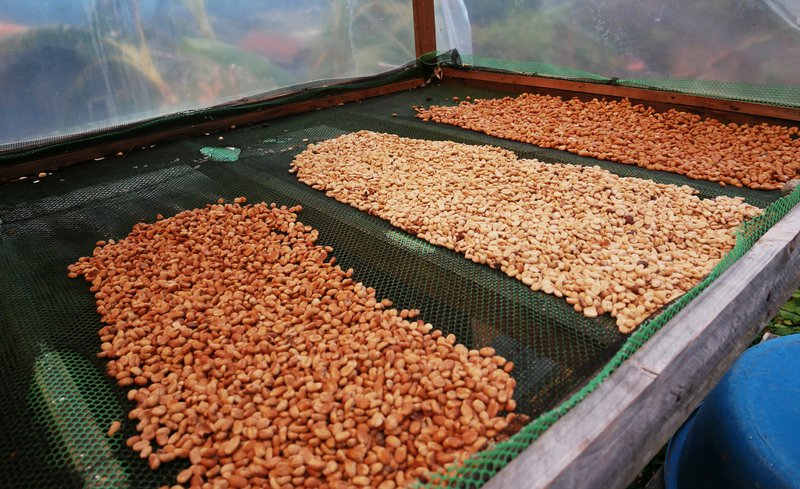
Although there is still improvements to be made in the harvest and post harvest process to reach a higher quality, great efforts are made by the coffee board and also by organizations such as the Peace & Equity Foundation to implement better agricultural practises.
This drove up the prices and raise the coffee roasters' enthusiasm for the specialty processed beans. With that line of actions, coffee doesn't become commodity.
There are also more and more allocations from the government as coffee is considered a high value crop.
Despite the current very low level of production (volume and yield have suffered a 3,51% decrease from 2006 to 2015), the government seems to believe in its potential to create value over time. As a result, the Philippine Coffee Industry Roadmap has been recently released with the following mission:
Development of a cost-competitive, quality-driven, supply-reliable, product-diversified value chain from coffee products manufacturing under sustainable practices and consumers safety in compliance to food safety and environmental requirements.
The first chapter of the strategy and lines of actions have been designed up to 2022.
On the downstream side: Evolution of the internal market
"As consumer they have been taught how to spend more for coffee"
On the consuming side, the Coffee Board has also encouraged the professionals to shift to better quality to develop the specialty industry.
Professionals are more exigent, they now look for direct sourcing and are ready to pay a higher price to make the difference.
"I think the industry has managed to impart to the farmers that if they take care of their coffee, at the time they pick it, it could fetch double or triple the price", explains Pacita.
The shift to quality is also influenced by a cultural factor.
Coffee is really part of the Philippines' culture although the large majority of the population still consumes instant coffee. It tends to change however as Filipino people are discovering new forms of coffee consuming overseas.
It is to be noted indeed that 10% of the population lives overseas (10.2 millions of Filipinos) mainly to reach better career opportunities and living conditions.
Living abroad, they're exposed to espresso, cappuccino, latte... As consumer they've also been taught how to spend more for coffee. When they come back, their taste for coffee is different. It's not commodity coffee anymore.
So it's a matter of a little bit more time and they will moved from instant coffee to roast and ground coffee.
"Which is actually where we started from! Back in time of Spanish occupation what we were drinking was grounded coffee. It was the Americans who brought instant coffee." explains Pacita.

 Colombia
Colombia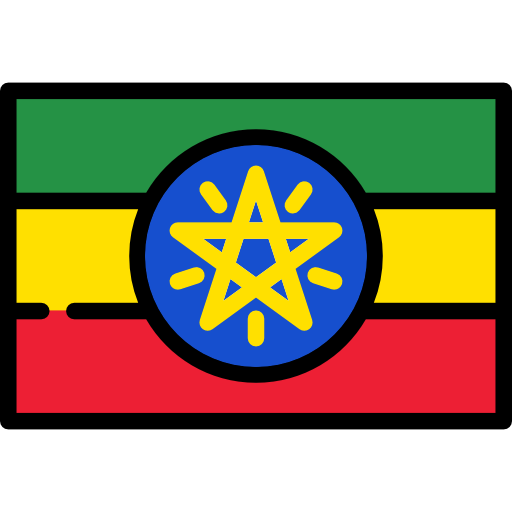 Ethiopia
Ethiopia Guatemala
Guatemala Indonesia
Indonesia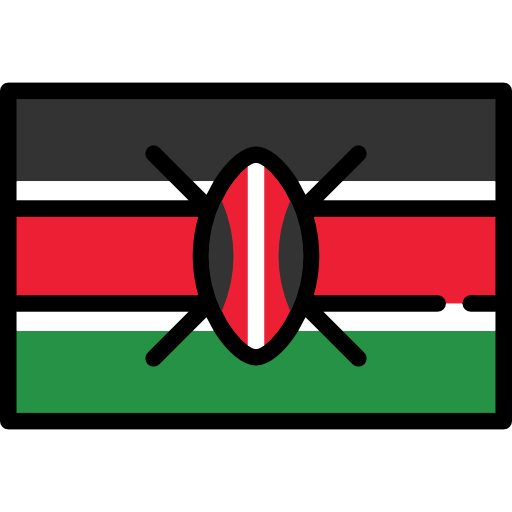 Kenya
Kenya Mexico
Mexico Philippines
Philippines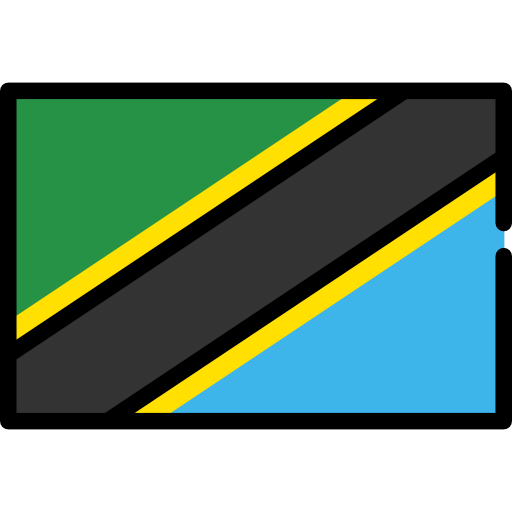 Tanzania
Tanzania Uganda
Uganda